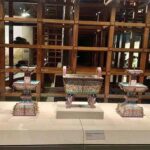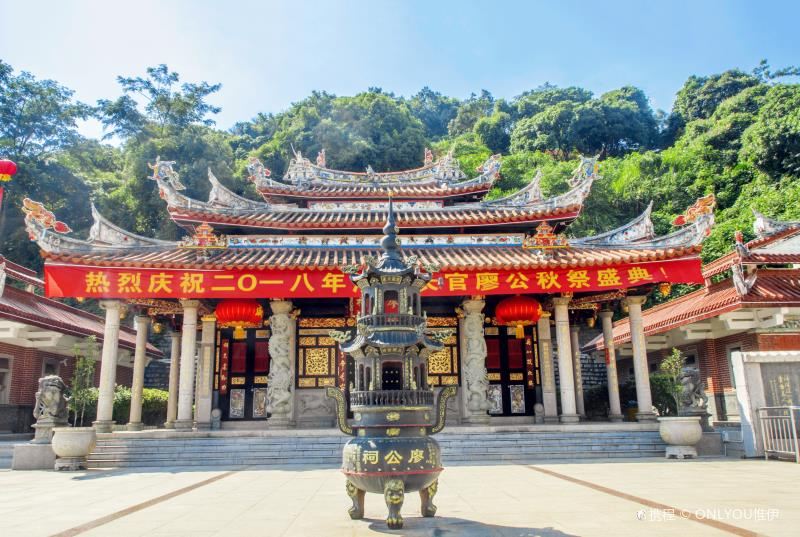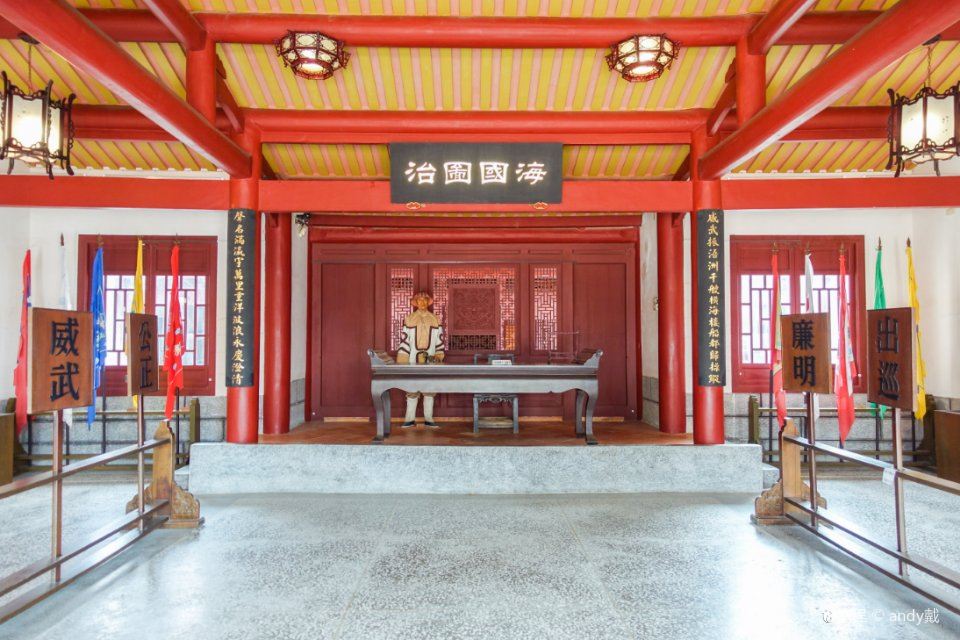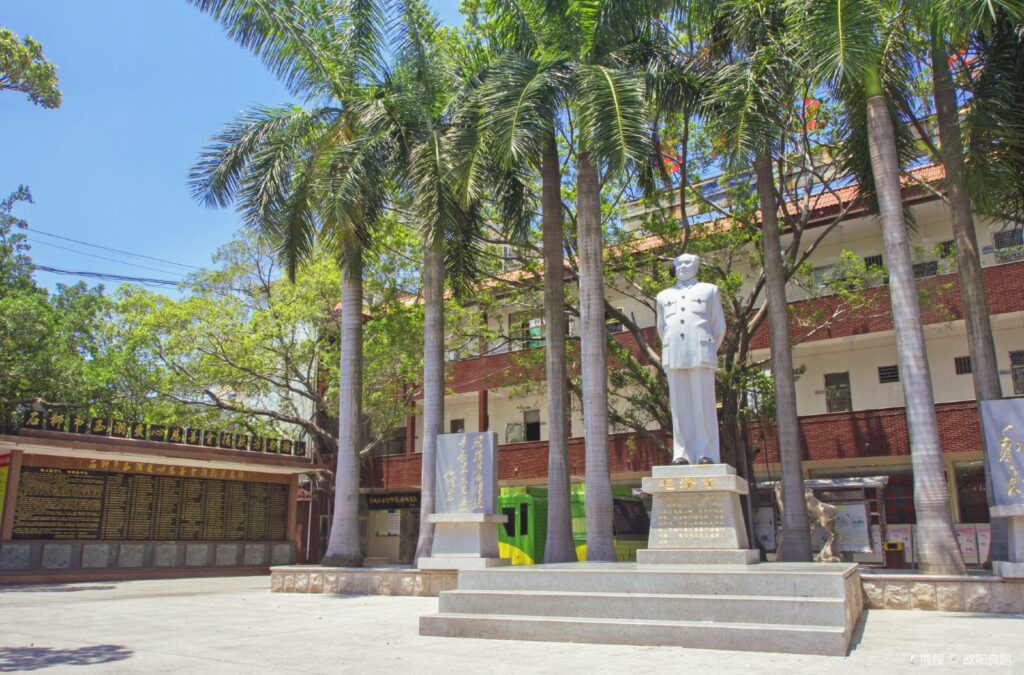Introduction to the Scenic Area
The Quanzhou Marionette Show is located in Wudian City, a 4A-level scenic area. Wudian City has a millennium-long cultural and historical heritage and is the origin of Jinjiang City. The red-brick houses with southern Fujian characteristics span three periods: the Ming, Qing dynasties and the Republic of China. In history, 11 top scholars emerged from Wudian City. During the Wanli period of the Ming Dynasty, Zhuang Jichang was a top scholar in the same imperial examination as Yuan Chonghuan.
As a precious treasure among southern Fujian arts, marionette shows have, for thousands of years, not only become an indispensable part of the folk customs in Quanzhou and the entire southern Fujian region, but also, with their unique skills and wonderful performances, have become an opera art that is appreciated and loved by both ordinary people and literati and scholars.
Introduction to Quanzhou Marionette Show
Quanzhou Marionette Show, anciently known as hanging-string puppetry, originated in the Qin and Han dynasties. According to documentary records, it was popular in Quanzhou and its surrounding areas at the latest during the late Tang Dynasty and the Five Dynasties. Since then, through the Song, Yuan, Ming, Qing dynasties and up to the present, it has been continuously passed down.A large amount of content related to folk beliefs and customs such as weddings, funerals, and festivals in the ancient southern Fujian dialect area is preserved in the traditional repertoires of Quanzhou Marionette Show.
It preserves a large number of grammar, vocabulary, and ancient pronunciations of “ancient Heluo dialect” and southern Fujian dialects. It also preserves many precious materials in terms of repertoires, music, and performance forms of southern drama in the Song and Yuan dynasties, and has multi-disciplinary research value.For thousands of years, Quanzhou Marionette Show has accompanied the people in the southern Fujian dialect area through life rituals such as birth, aging, illness, and death.
On May 20, 2006, marionette show (Quanzhou Marionette Show) was included in the first batch of national intangible cultural heritage lists with the approval of the State Council of the People’s Republic of China. Heritage number: Ⅳ-92.
In December 2012, the “Fujian Marionette Show Talent Training Program”, which includes Quanzhou Marionette Show, was successfully selected into the UNESCO Representative List of the Intangible Cultural Heritage of Humanity.
History of Quanzhou Marionette Show
According to legend, when Wang Shenzhi entered Fujian and became king in present-day Fuzhou during the late Tang Dynasty, he built many palaces and courtyards. He invited many famous scholars from the Central Plains and brought puppet show props, which were placed in the palace for entertainment. Puppet shows then spread to Quanzhou. Therefore, the dialogue in the “Jiali Opera” has the accent of the Central Plains.
In the Song Dynasty, the “Jiali Opera” was widely spread among the people in Quanzhou.
In the Ming Dynasty, Quanzhou puppet shows were further combined with folk rituals and achieved greater development. Li Tingji of Quanzhou in the Ming Dynasty once wrote a couplet for the puppet show: “Drive thousands of miles in an instant, and present ancient and modern events in one night.” It can be seen that the puppet show repertoires at that time were rich in content and wide in theme, with the ability to depict scenes spanning thousands of miles and encompassing ancient and modern times.
During the mid to late Qing Dynasty, specifically during the reigns of Qianlong and Jiaqing, Quanzhou’s ‘Jiali’ puppetry had become highly sophisticated, evolving beyond mere fragmented and acrobatic performances known as ‘nong kou lei’. It developed a standardized script system, capable of performing grand and intricate historical dramas. Although the characters were limited to 36 fixed images, the roles were categorized into four major types: sheng, dan, bei, and za, allowing for the performance of 42 major plays.
Traditional serial plays like ‘Mu Lian Saves His Mother’ could be performed over the course of seven days and nights.In the later period of the Qing Dynasty and the early Republic of China, there were more than 50 puppet troupes spread throughout urban and rural areas of Quanzhou. The ‘Four Major Temples’ of Quanzhou, including Dongyue Temple, Guan Yu Temple, Yuanmiao Temple, and Chenghuang Temple, all had permanent troupes performing specifically for prayers and offerings to the gods. Lin Chengchi, known as the ‘Jiali Talent,’ collaborated with the literati Yang Xiumei to create serial plays such as ‘Speaking Yue’ and ‘Water Margin,’ thus expanding the role of puppetry beyond just weddings and funerals. Lin Chengchi, along with Lian Tianzhang and others, also created and improved numerous performance techniques, including sword drawing, sword insertion, snake handling, umbrella dancing, weaving, and cymbal playing, greatly enriching the art of puppetry.
The puppetry is open all year round from 09:00 to 21:00.









